- Best Quality Beds & Mattresess At Affordable Price!
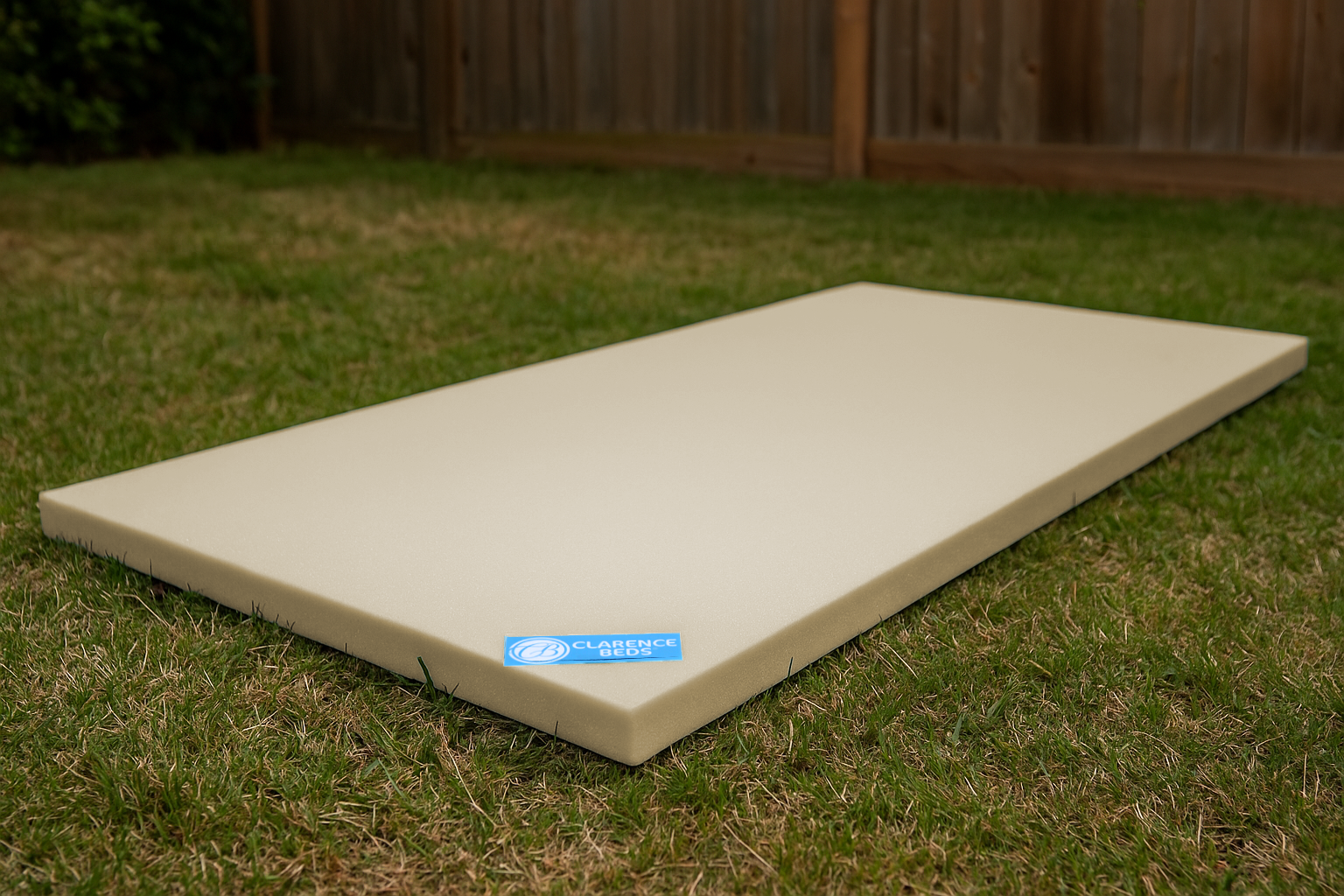
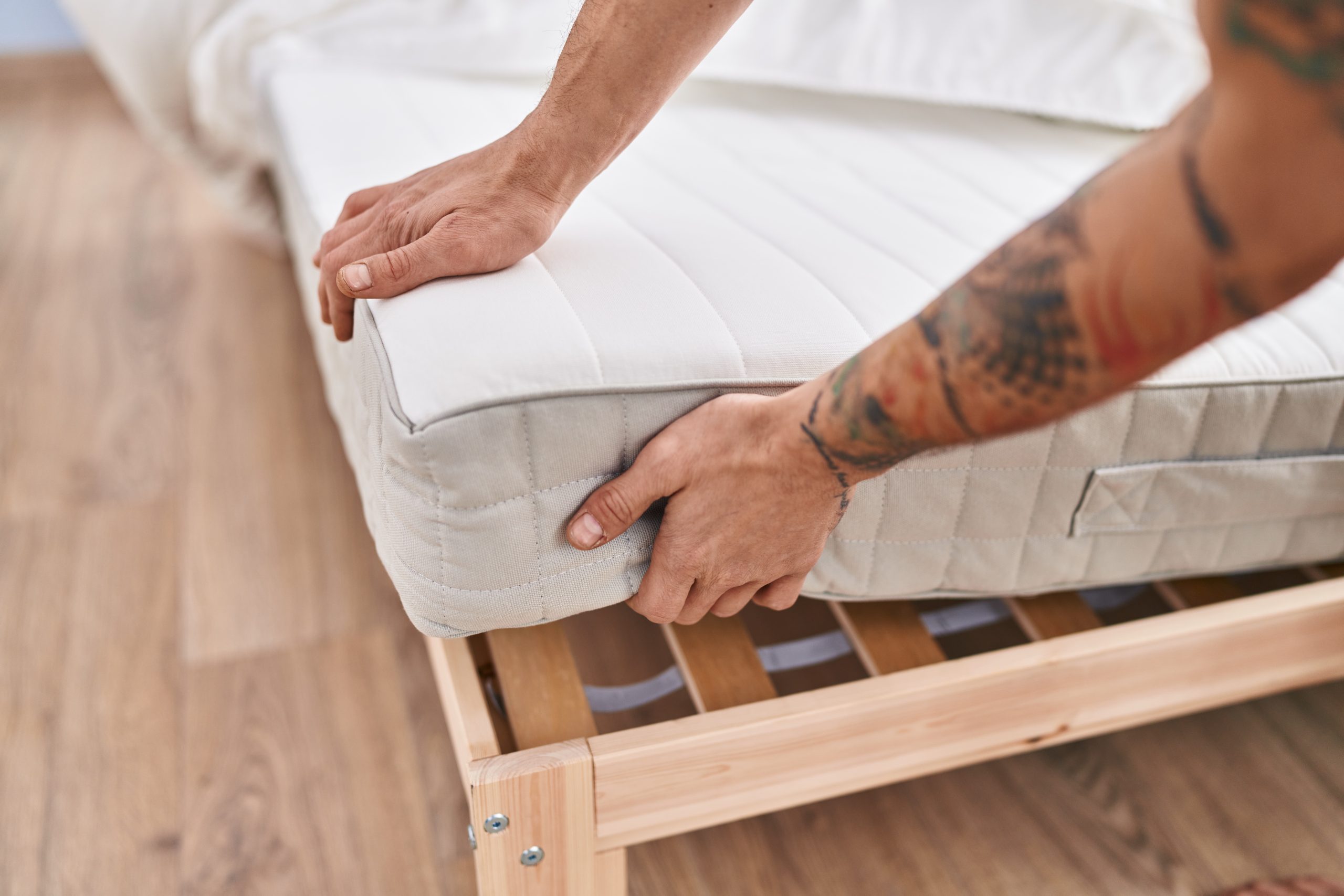
There is not a single mattress that is constructed from one material. Each memory foam mattress incorporates different foam types, with reflex foam being the commonly used support foam. To choose the perfect foam type for cosiness and support, you need to understand their differences better. Both materials are commonly used, but they have different functions and distinct benefits. By understanding their unique features, you can make a well-informed decision that meets your individual preferences and needs.
Memory foam contours the body for pressure ease and support, while reflex foam is resilient and bounces back to provide a more responsive sleeping surface. In this guide, we will take a deep dive into understanding the key differences between memory foam and reflex foam and help you select the best one for you.
Memory foam is a high-density, viscoelastic polyurethane foam that conforms to body heat and pressure, moulding to your shape for custom support and comfort. The foam gradually returns to its original state after use. Established initially by NASA for aircraft seating, it has now found its way into mattresses, pillows, and medical devices due to its pressure-relieving properties.
Memory foam is used as a support layer in a few foam-only mattresses. However, its primary purpose is to serve as a comfort layer in most mattress types.
Polyurethane: Memory foam is created from polyurethane, mixed with other chemicals to give it its distinctive properties.
Open-Cell Structure: Manufacturing involves mixing ingredients such as polyols, isocyanates, and blowing agents to form an open-cell structure within the foam.
Body Contouring & Pressure Relief: Memory foam contours to the body shape, evenly distributing weight and decreasing pressure on hips, shoulders, and joints. This helps promote appropriate spine alignment.
Motion Isolation: As it absorbs movement, it is an ideal choice for couples, since one person’s actions are less likely to disrupt the other.
Temperature Sensitivity: As your body warms the foam, it softens to create a tailored sleep surface that gets more comfortable the moment you lie on it.
Density & Firmness: Memory foam comes in different densities, offering a variety of firmness choices to adapt to various preferences.
Hypoallergenic Properties: It has a dense structure that makes it challenging for allergens to build up. This makes it an ideal choice for anyone with allergies.
Durability: Memory foam is an enduring material that helps prolong the expected life of products made from it.
Mattresses and Pillows: Memory foam’s comfort and support make it a popular choice for bedding.
Medical and Orthopaedic Use: It is used in wheelchair cushions, prosthetics, and orthopaedic products to offer pressure alleviation and support.
Shoe Insoles: It is also used in footwear for cushioning and support.

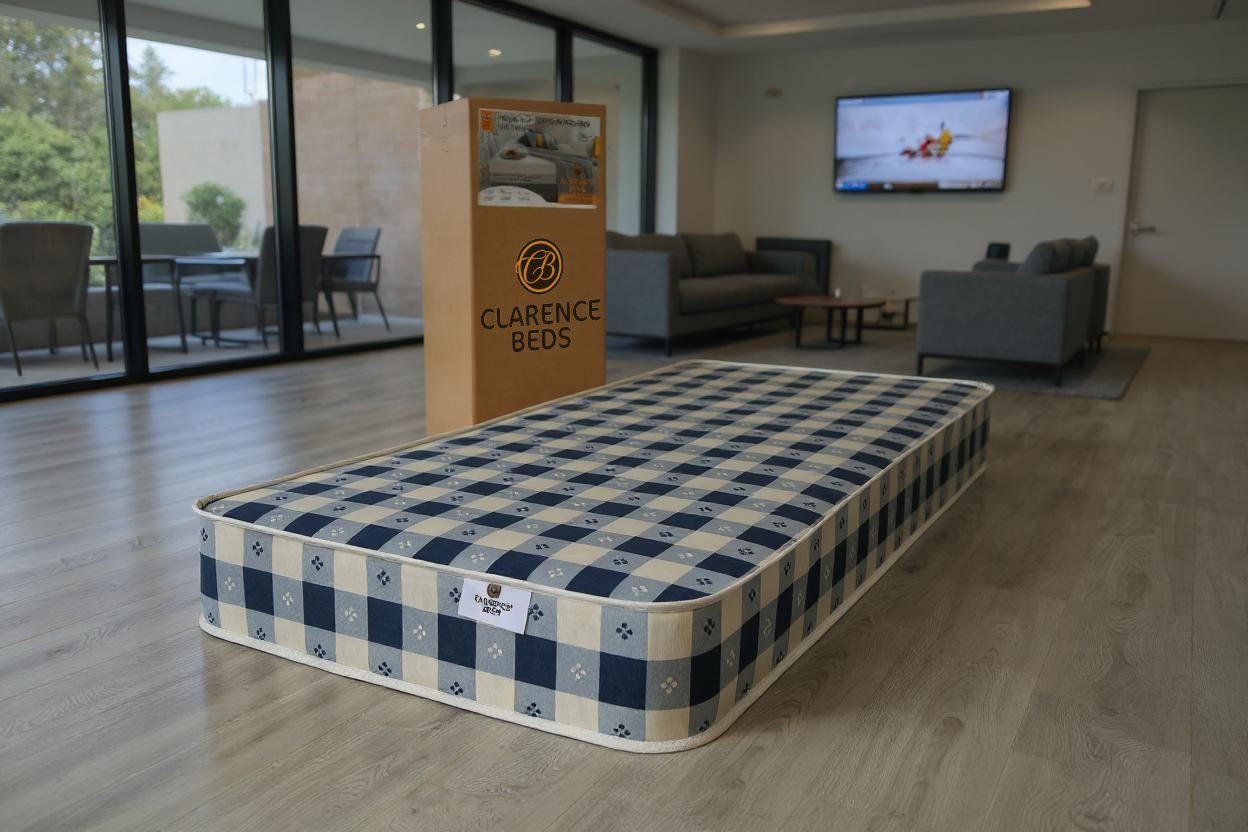
Reflex foam is a polyurethane foam, engineered to be firm and highly responsive. Made from polyurethane, it is produced through a chemical process that involves polyols and diisocyanates. It is a broadly used material for moderating and supporting in various applications.
Reflex foam is a versatile material commonly found in various types of mattresses. It is renowned for being supportive and durable, making it suitable for mattress cores or toppers.
Polyurethane: This foam is crafted from high-intensity polyurethane.
Cellular Structure: Reflex foam contains tiny air bubbles that shift sideways under pressure instead of being forced out entirely.
Resilience: When pressure is released, these air bubbles rapidly return to their original spots, giving the foam its quick “reflex” action and consistent support.
Manufacturing Process: It is created through a chemical reaction involving polyols, diisocyanates, water, and catalysts, producing a viscous liquid that is moulded into foam.
High Density: Reflex foam has a higher density than memory foam, which gives it a firmer and more supportive feel.
Resilient and Responsive: The name “reflex” comes from its capability to rapidly spring back to its original shape after pressure is released to offer immediate support.
Supportive: The millions of tiny air bubbles within the foam compress under pressure to form a stable, supportive base that helps maintain proper spinal alignment.
Cooler Sleep: Contrary to some memory foams, reflex foam is often a cooler sleeping surface because its larger air bubbles push air sideways instead of holding it in place.
Durable: Its high resilience and density make it a lasting material ideal for high-wear applications.
Mattresses: Typically used as a base or primary layer in orthopaedic and hybrid mattresses for a firm, supportive sleep surface.
Upholstery: Popular for sofa cushions, cinema seats, and car seats, where strength and support are key.
Mattress Toppers: Can be used as a component in mattress toppers to add additional firmness and support to an existing mattress.
To help you select your ideal foam between reflex and memory foam that matches your style preferences and needs, we have outlined a few differences:
Feature | Reflex Foam | Memory Foam (Viscoelastic Foam) |
Feel | Firm, dense, and bouncy. It displaces pressure sideways but springs back instantly. | Soft, conforming, and “hugging”. Uses body heat and pressure to mould to your curves slowly. |
Response | High resilience, meaning it regains its shape almost instantly when you move. | Slow response time, holding the impression of your body for a few seconds. |
Firmness | Typically firmer and more supportive. Often used for orthopaedic mattresses or the base support layer of other mattresses. | Softer, with grades available from medium to extra firm, but even the firmest varieties will still offer more “give” than reflex foam. |
Heat Retention | Generally, it is more breathable and cooler because of its larger, open-cell structure. | Retains body heat, which can make some sleepers feel warm. Newer models often include cooling gels or an open-cell structure to reduce this. |
Uses | Mattresses (often as a core layer), cushions for sofas, and orthopaedic applications. | Mattresses (usually as a comfort layer), mattress toppers, pillows, and medical cushioning. |
Cost | Less expensive than memory foam, making it an affordable option. | More expensive, particularly for higher-quality, advanced versions. |
Best for | Sleepers who favour a firm, supportive surface or those who are heavier and require additional support. | Sleepers who require pressure relief for joint pain or prefer a soft, “sinking” sensation. |
You can select the appropriate foam type based on your personal preferences for feel and support.
Reflex foam might be the way to go if you:
Memory foam might be the way to go if you:
Many modern mattresses combine a supportive reflex foam core with a top layer of memory foam for extra comfort, benefiting those seeking the advantages of both.
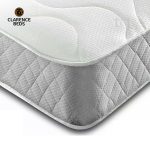
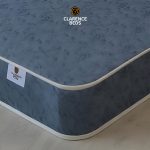
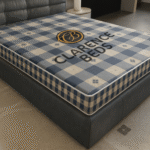
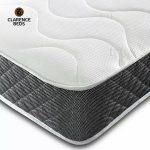


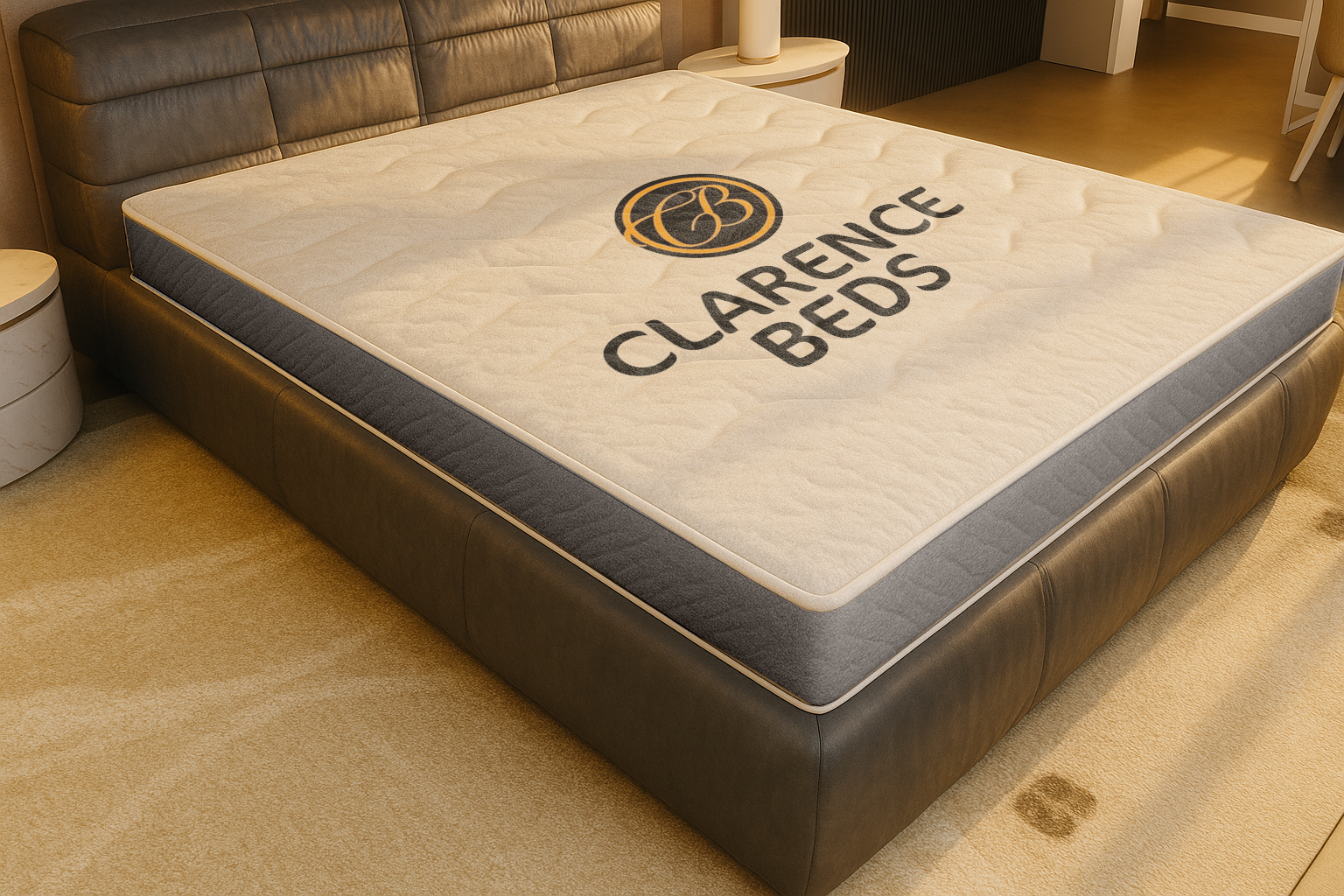
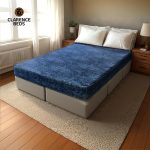


| Feet & inches | Common reference | Measurement in Centimetres | |
| Width (cm) | Length (cm) | ||
| 2FT6 | Short Single | 75 | 175 |
| 2FT6 | Small Single | 75 | 190 |
| 3FT | Single | 90 | 190 |
| 4FT | Small Double | 120 | 190 |
| 4FT6 | Double | 135 | 190 |
| 5FT | King | 150 | 200 |
| 6FT | Super King | 180 | 200 |
| Please note: measurements are close approximations only | |||